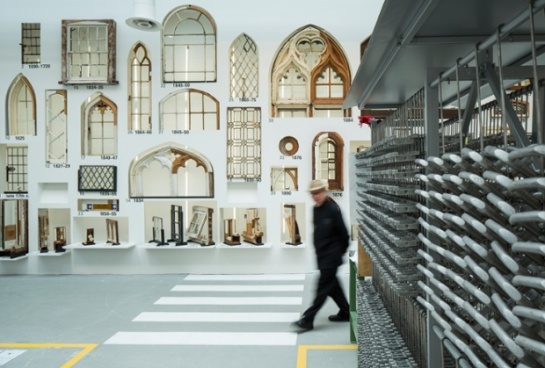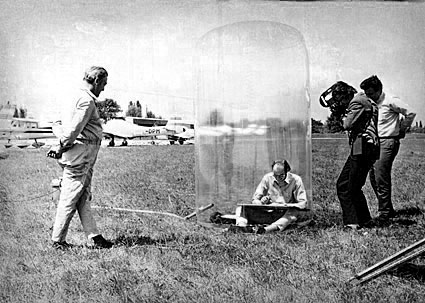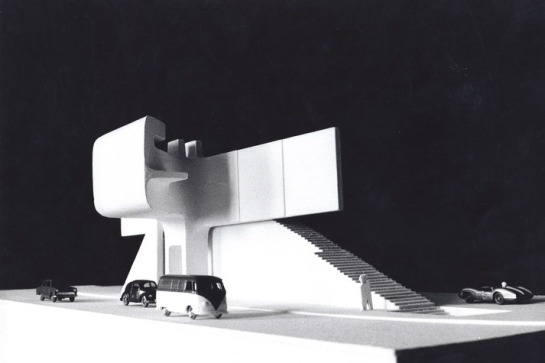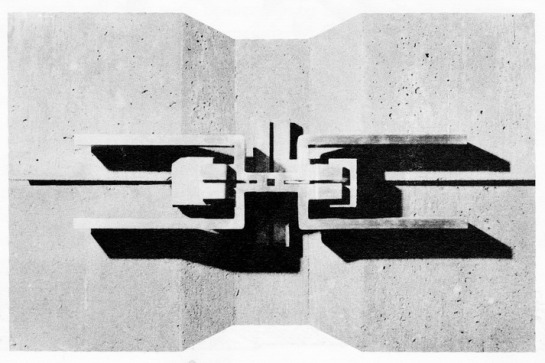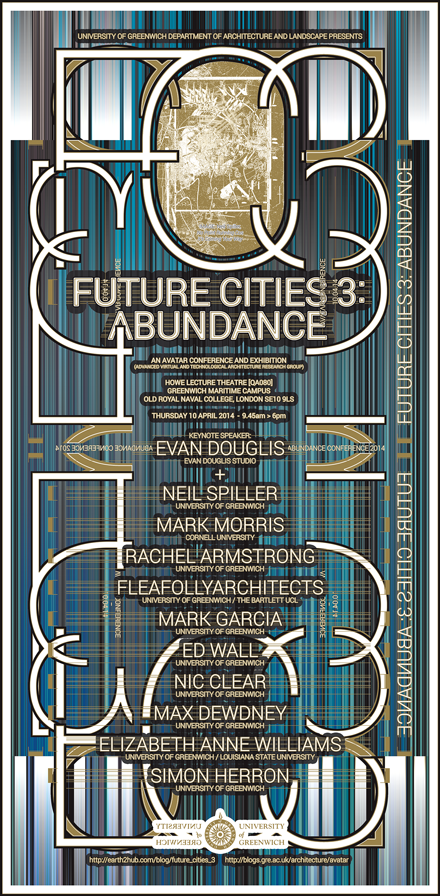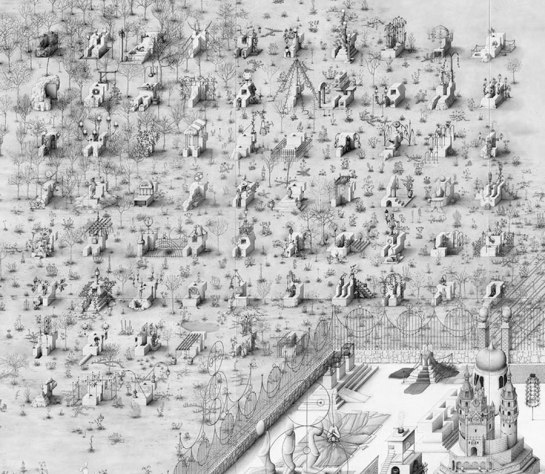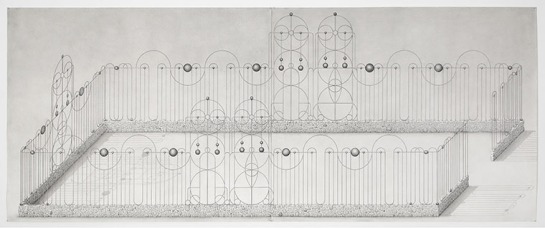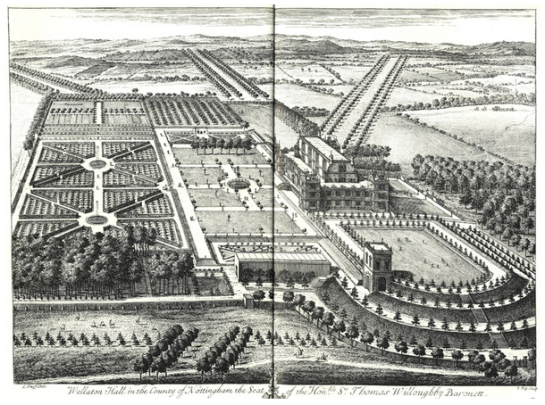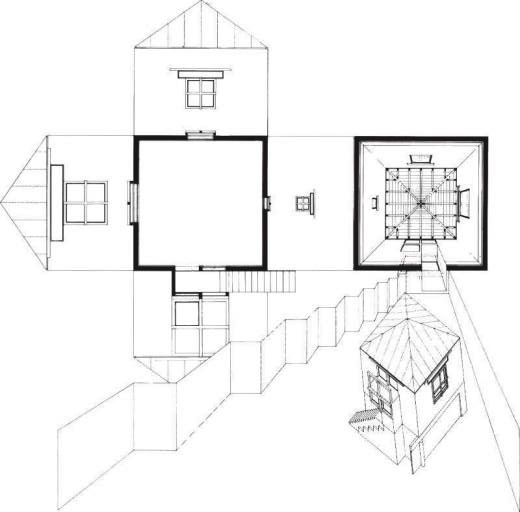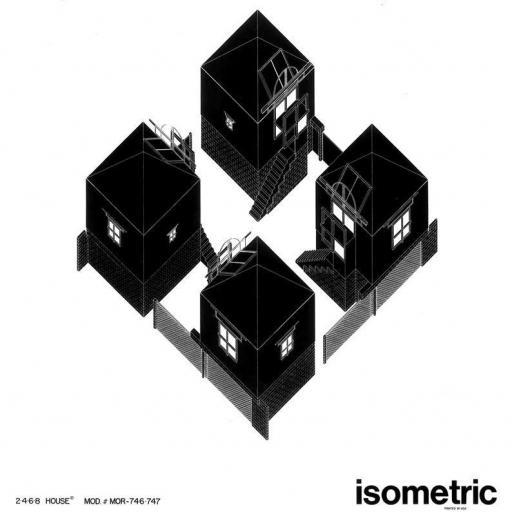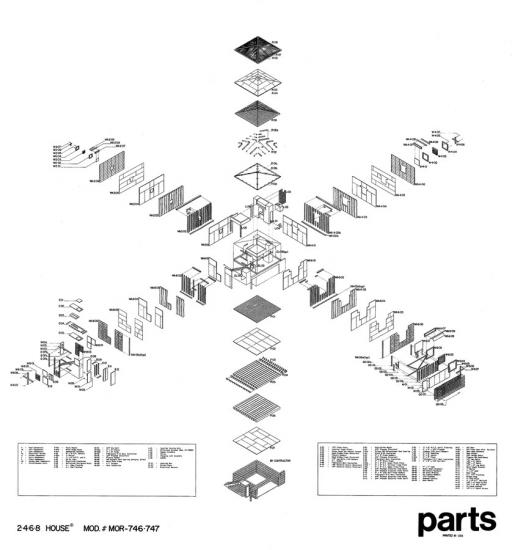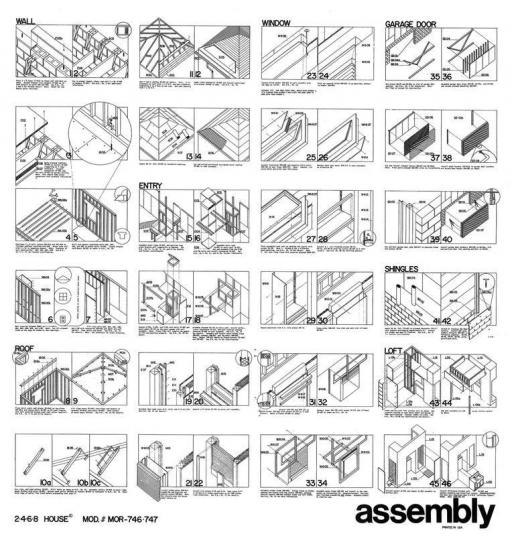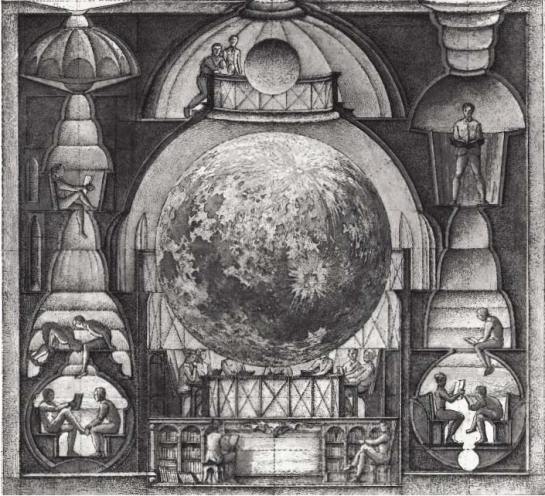Notes towards a technical study, Peter Salter, 1989, in TS: Intuition and Process, AA: London

“The job of the Technical Study is to reach beyond the limitations of physical evidence. Instead of allowing design and construction processes to become separate, it seeks to re-establish the whole and to explore ways of expressing the relevance of the strategy behind the making of the building.
The Technical Study is about a way of thinking. It is neither a science nor a training for the profession. Its aim is to add clarity to a piece, making it an occasion nurturing an optimism for building in difficult circumstances. Craft can only be developed within the context and experience of building.
Accuracy is about developing and testing instinct. It is the poignancy residing within the material fineness or structure that provokes the spark of clarity in a proposition.
It is the job of the Technical Study to test and reinforce the instinct behind the strategy. So the Technical Study runs in tandem with the design programme. It is like a terrier at its heels, demanding a restatement of its aims and a search for another kind of clarity of intention – an unequivocal proposition.
- The flower kiosk at the Eastern Cemetery in Malmo, by the architect Sigurd Lewerentz, is a sublime example of unequivocal building. The manipulation of the construction and the component details are generated and constrained by the design intentions. The building needs no apologist, beyond the florist who lays out the cut flowers before the cemetery. The cradling of the light by the soffit layers is in order with the watershed of the roof, the turned upstand of the roof copper complicit with the in situ concrete walls. The construction joints in the formwork have been omitted; instead, chamfered edges to the forms have encouraged the cement to run and raise positive joints. These finger-sized accretions are like a layered grid to the wall.
To understand the underlying intention of the proposal, it is necessary to decompose the designed building into a series of related fragments – just as an archeologist would make drawings of the finds uncovered at his site. Certain predominant concerns will determine the procedure. First, the scale of the building must be related to the dimensional order of the site. In Landscapes this may be given by the frequency of objects on the horizon that can be measured on a map. Thus in the seemingly unequivocal landscape of the salt marsh a building may have to be seen as an accretion, a new geographical landform subject to the processes of time and erosion. The resulting architecture will describe the horizon as a section of varying and layered deposits, registering a local scale which satisfies the landscape rather than the expediency of the programmatic brief.
It is also necessary to look at the fineness and order of the particular room to determine its material and structure. Without the instinctive desire to describe the room’s inner qualities and its remoteness from or sympathy with the outside world, any decisions about material and structure become hollow and trite exercises. The room may be so fine that it has its own ordering system incapable of servicing a building, only of being serviced. It may be a room of pilasters and frescos, a pergola screening the heavens. The components of the particular room cannot be of the same scale or family as those of other parts of the building, if it is to linger in the memory.
- The people of the West Coast of Ireland traditionally inhabited the residual ground between the peat bog and the sea. They existed on the wave-cut rock platforms of the eroded sea cliffs. As subsistence farmers they cleared the rock debris from the meager topsoil by hand, carrying each boulder to a field margin determined by the power of will over muscle. Each rubble wall enclosure traced the section of the land until the slope became too steep to bear. The tilth was then nourished and supplemented by seaweed gathered from the shoreline.
The scale of the room determined by human labour is inseparable from the scale of its material. They work together to arouse a kind of resonance in the casual occupant. Perhaps all that is needed to provide a certain familiarity with the space is this collusion between craftsman and material something as simple as a door architrave that is brushed passed every day suddenly revealing its fluting scribed into the material so perfectly that it matches the print of your fingers and the scale of your hand.”
